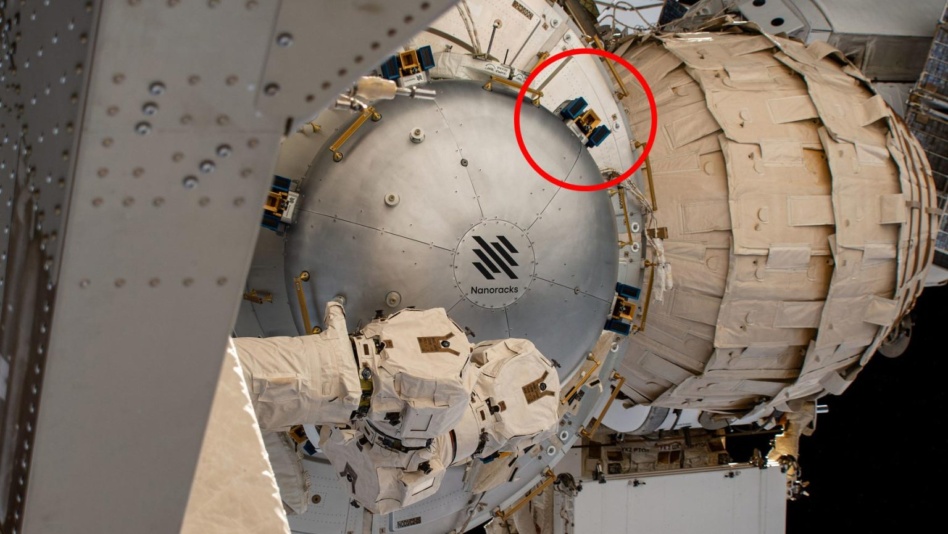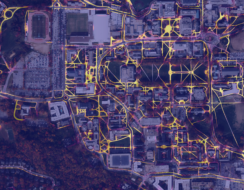NASA dreams of a future network in which superfast, globally distributed quantum computers transmit data back and forth from space nearly instantaneously, without any packet loss.
Enter SEAQUE. The Space Entanglement and Annealing QUantum Experiment (SEAQUE), developed by JPL along with a team of researchers from across the world, is the next step in making that dream a reality.
To tackle this problem, NASA wants to try out free-space optical communications for quantum data. The method uses lasers to transmit high-res data without fiber optic cables, which degrade quantum data. Right now, NASA’s Laser Communications Relay Demonstration (LCRD) is testing out these laser comms capabilities. But the quantum piece of the puzzle remains unsolved.
Entangling: The first communications challenge SEAQUE aims to solve is creating and detecting a pair of entangled photons. Entangled particles act as if they are connected even when separated by distance, and observing one particle will affect the other. It’s officially spooky.
SEAQUE will attempt to split a high-energy photon into two entangled photons using a waveguide. JPL’s press release explains it best: “A waveguide is a microscopic structure that acts like an expressway for photons, directing their transmission with little loss of the quantum state.” The instrument’s sensors will then count the photons and measure those spooky quantum properties.
Self-healing: The second piece of the experiment will help the instrument “self-heal” after being constantly exposed to radiation. To enable a global quantum comms network, assets in space will need incredibly sensitive light sensors that can detect single photons traveling very far distances. Over time, these photons will damage the sensor, and if they can’t heal themselves, they’ll need to be replaced fairly often—not a terribly viable solution for a satellite-based network.
SEAQUE researchers have found on Earth that using a very bright laser can help to clear away damage and extend the lifetime of the sensor. So now they’re trying it in space. The mission will launch no earlier than this August to be installed aboard the ISS.




